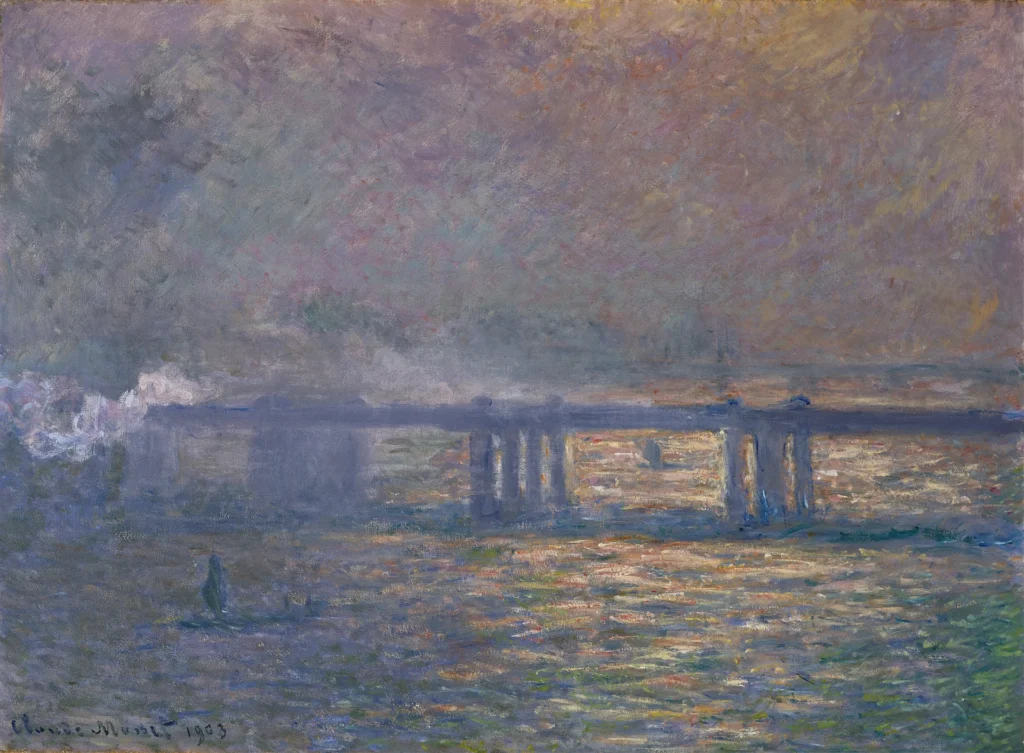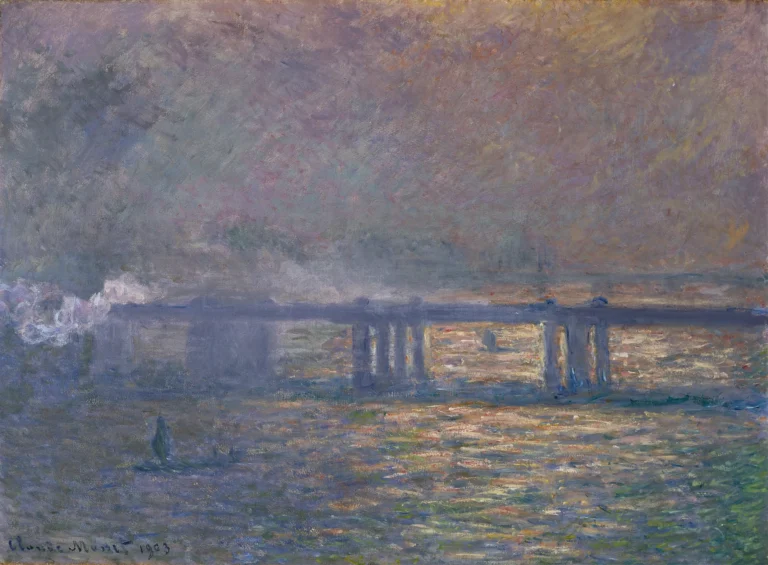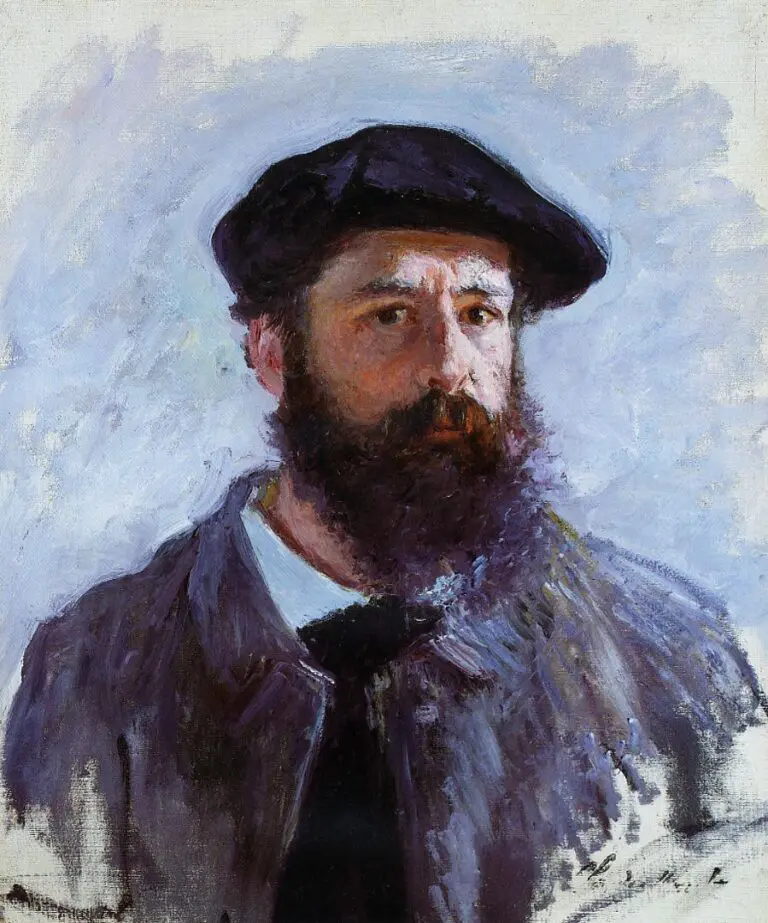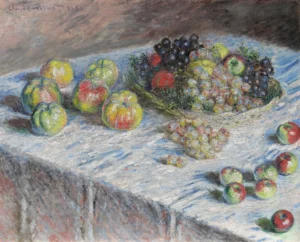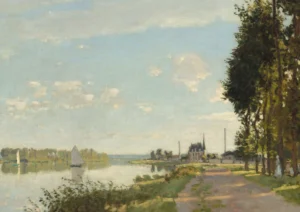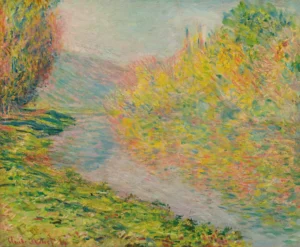Charing Cross Bridge (1903)
Created between 1899 and 1905, Charing Cross Bridge is one of the 37 paintings that Claude Monet produced to explore the atmospheric hues of London. This specific work, painted in 1903, presents a scene of the bridge enveloped in thick fog, with a plume of smoke from a passing train and the silhouettes of the Houses of Parliament dimly visible in the background. Monet's fascination with changing light conditions is palpably evident in his use of a rich and diverse color palette, capturing the essence of London's moody atmosphere.
1899 - 1905
About the Artwork
The Charing Cross Bridge series reflects Claude Monet's deep engagement with the atmospheric qualities unique to London. During his stays at the Savoy Hotel, he was captivated by the shifting fogs and light that blanketed the city. Each painting in the series brings forth different aspects of this iconic London scene, showcasing Monet's remarkable skill in interpreting light and its effects on the environment. The artwork from 1903 particularly emphasizes these elements, as the bridge is portrayed amidst a thick shroud of fog, enhanced by the dynamic presence of a train and the looming silhouettes of city landmarks in the distance. Notably, some versions of the work reveal the impact of industrialization as steam rises, merging nature and technology in Monet's unique lens.
Did You Know
Claude Monet visited London frequently, enamored by its fog and light. His profound admiration for the city inspired his Charing Cross Bridge series, with the Savoy Hotel as his vantage point for many of the works.
The presence of trains and industrial smoke in Monet’s paintings reflects the changing urban landscape of London at the time, blending natural and man-made elements, which was a significant theme in the Impressionist movement.
One of the notable paintings from this series, once owned by Winston Churchill, required restoration due to damage from environmental factors and was subsequently showcased in the ‘Monet and London’ exhibition, illustrating the enduring appeal and importance of Monet’s work.




